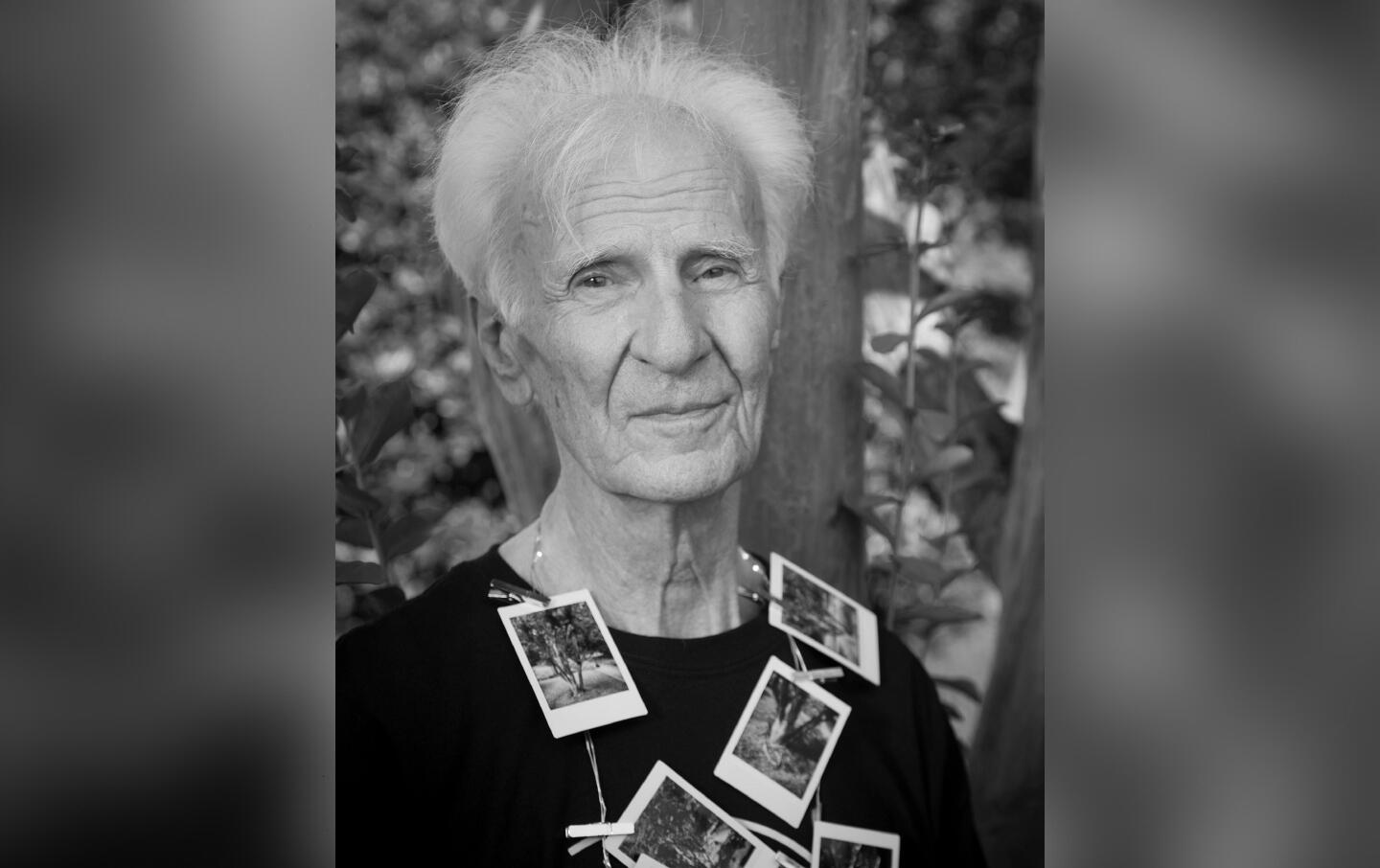
March 29, 2023
George Nan, former head of VCU photography, dies at 88
Share this story
George Daniel Nan’s children were a welcome fixture at the Pollak Building during his time as professor and chair of the Virginia Commonwealth University Department of Photography + Film in the School of the Arts.
Linnea, Adam, Sarah and Joshua each have fond memories of the countless hours spent at their father’s knee, learning about photography and color as he processed film.
“Sometimes it felt like I grew up at the Pollak Building, running from Dad’s office to the darkroom, searching for my father and abiding by the darkroom rules,” Linnea said. “While he was busy with faculty and students, I loved exploring his office piled high with books, photographs and photo equipment, often in various states of repair. This world felt so big, brilliant and energized to my tiny, wide-open eyes.”
Nan passed away March 8. He was 88.
Remembered as a soft-spoken, gentle man, Nan lectured, juried, taught and inspired thousands of photographers.
“George had such a deep knowledge of photography and loved to share it with his students,” said John Henley, an adjunct photography professor at VCU who studied under Nan as a graduate student in the 1980s. “My friends and I in the department just loved to be in his company. … He taught me a lot about photography but even more about being a part of something bigger as a faculty member.”
Nan joined VCU’s precursor, Richmond Professional Institute, in 1963 as an associate professor. In 1969, he became chair of the Department of Photography and, in 1978, he was promoted to professor and chair of the Department of Photography + Film, a position he held until his retirement in 1991.
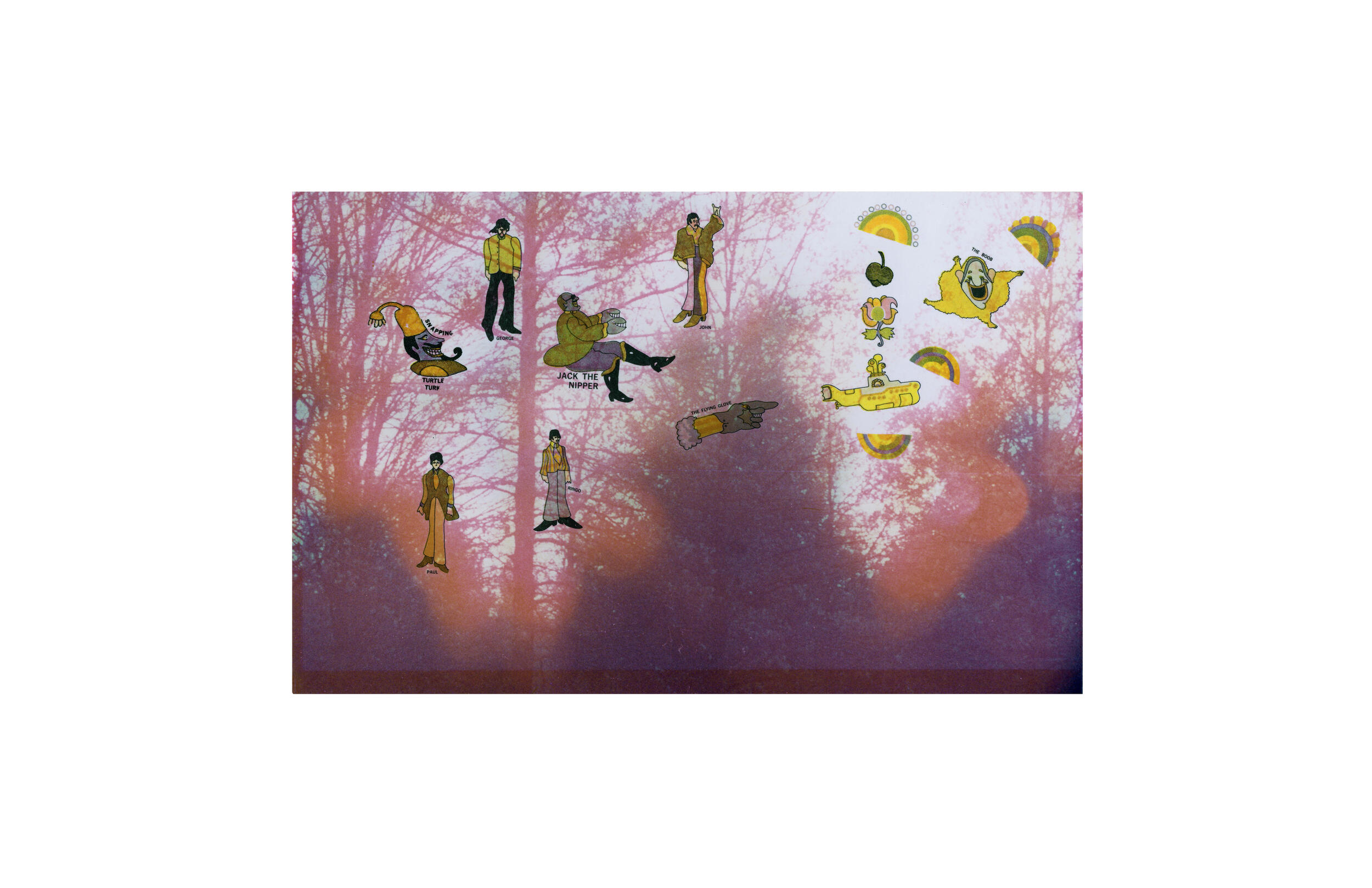
During his tenure, he was instrumental in launching the university's MFA program.
He encouraged his students — as well as his own children — to be creative and not follow mundane rules of photography.
“Now as an adult, I am still applying his teachings and techniques in my photography,” Sarah said. “My dad taught so many students and, even today, I have previous students reach out to me about how my dad changed the direction of their lives at VCU. My dad was such an asset to VCU, and I know he was proud of the photography and arts [programs] and especially the students. He always was supportive of his students and was always there for them.”
His teaching philosophy mirrored his parenting philosophy, which was to raise his children as one-of-a-kind individuals, providing each with just the right amount of foundational support and guidance needed to bring out their individuality and talents, Linnea said.
“Also informing his teaching philosophy was his passion for sharing his vast photographic and technical knowledge, being present in the moment and always going the extra mile for all of his students, even long after they completed their education,” she said.
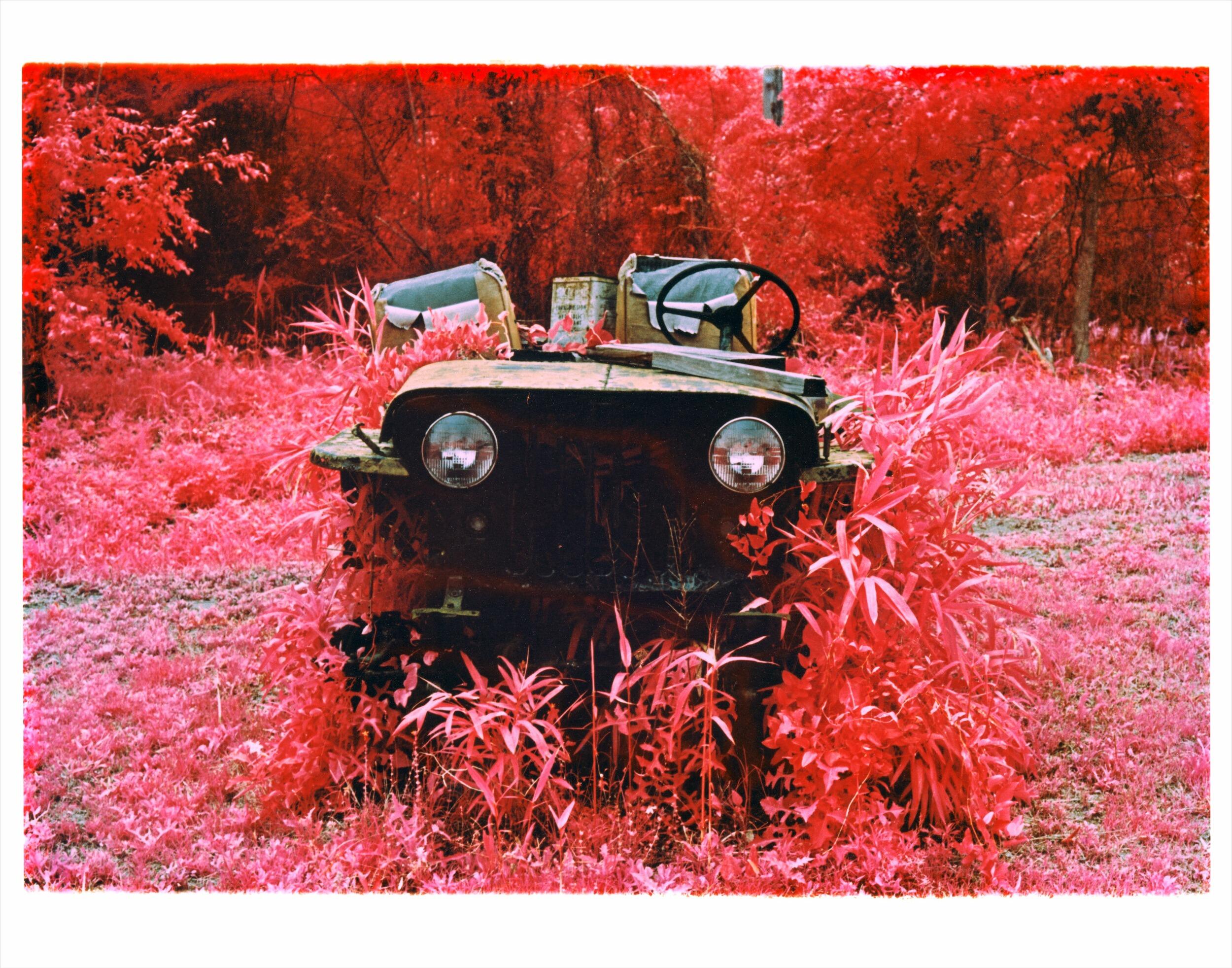
He often spent his own money on supplies to support students and the department.
“I would sit by his secretary, Joanne, and count along with her as she rolled the bulk film my dad bought at the army surplus for the students, so they didn’t have to suffer the costs of film at Old Dominion Camera,” Linnea recalled. “And if they couldn’t pay, Dad took care of that too.”
Nan retired as professor emeritus in 1996, but he never retired his VCU parking pass, Linnea said. He continued to visit the photography department often to spend time with friends, faculty and students — old and new.
Dale Quarterman, who succeeded Nan as photography and film chair in the 1990s, credits Nan with the department’s cohesion.
“He just was a very kind, gentle person,” Quarterman said. “You know, we had a good department. Everybody got along and we worked well together. And a large part of that was George. He was just a good person. Everybody liked George.
“One of the things about him … students would come in and talk to him about this and that. And he was the guy that taught color photography. That was his thing. … And he just had this knack for looking at a print, this eye for colored photography. He was amazing. What he could see.”
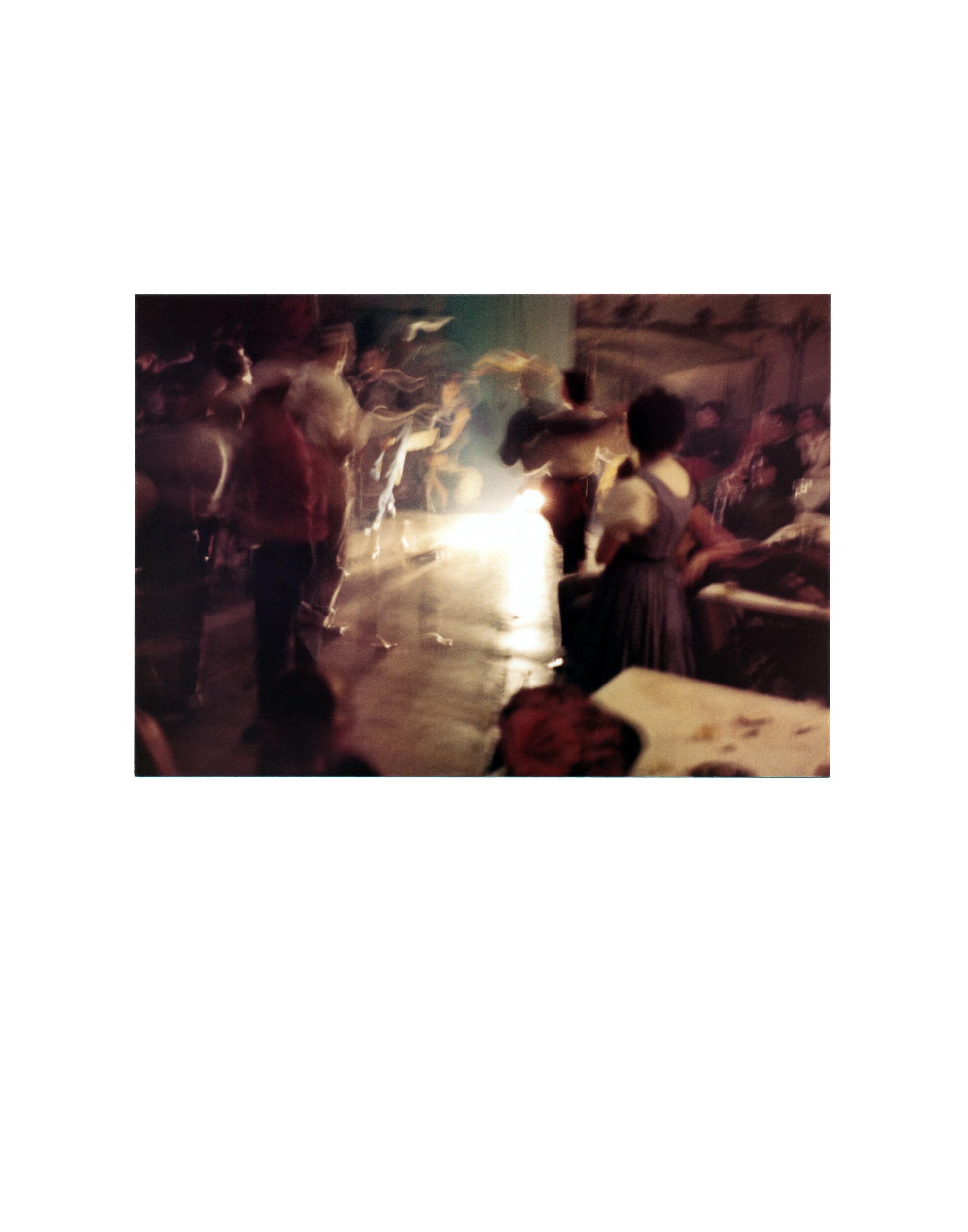
It’s impossible to overstate his influence on Richmond photographers, the Richmond arts community and beyond, Henley said. “Many of his students have moved on to successful careers in the Richmond area and all over the country. Whenever I mention him on social media, I am overwhelmed by praise and love for George.”
A first-generation American, Nan was born in 1935 at the family farm on the outskirts of Detroit Michigan, to Romanian immigrants Ana and George. He earned his associate degree in applied science in 1956, and his Bachelor of Fine arts degree in photographic illustration in 1958 from the Rochester Institute of Technology.
Nan was awarded the Moholy-Nagy Assistantship at the Illinois Institute of Technology/Chicago Institute of Design from 1958 through 1960, and subsequently earned his Master of Science in photography degree in 1961. His thesis, “Experimental Uses of Negative Positive Materials for Expressive Purposes,” was an innovative departure from traditional approaches and engaged various experimental methods for producing color photographs.
He was awarded numerous medals, honors and certificates of distinction for his participation in solo and group showings of his photographic works. His photographs can be found in the permanent collections of museums, universities and private collections throughout the globe, including the Art Institute of Chicago, The Museum of Modern Art, New York, and the International Museum of Photography, Rochester, New York.
In addition to his four children, Nan is survived by his wife and life partner of more than 60 years, Nilsa, and grandchildren Rigzin, Jonah and Oliver.
While he often remarked that his children were his greatest accomplishment, his greatest professional legacy can be seen in the multigenerational ocean of students and friends who continue to express their gratitude to their inspiring and supportive mentor.
In lieu of flowers, donations can be made in celebration of Nan’s memory to Ari Bhöd, the American Foundation for Tibetan Cultural Preservation in support of its Death & Dying programming, or United Farm Workers of America. Contact GeorgeNanMemorial@gmail.com for further details.
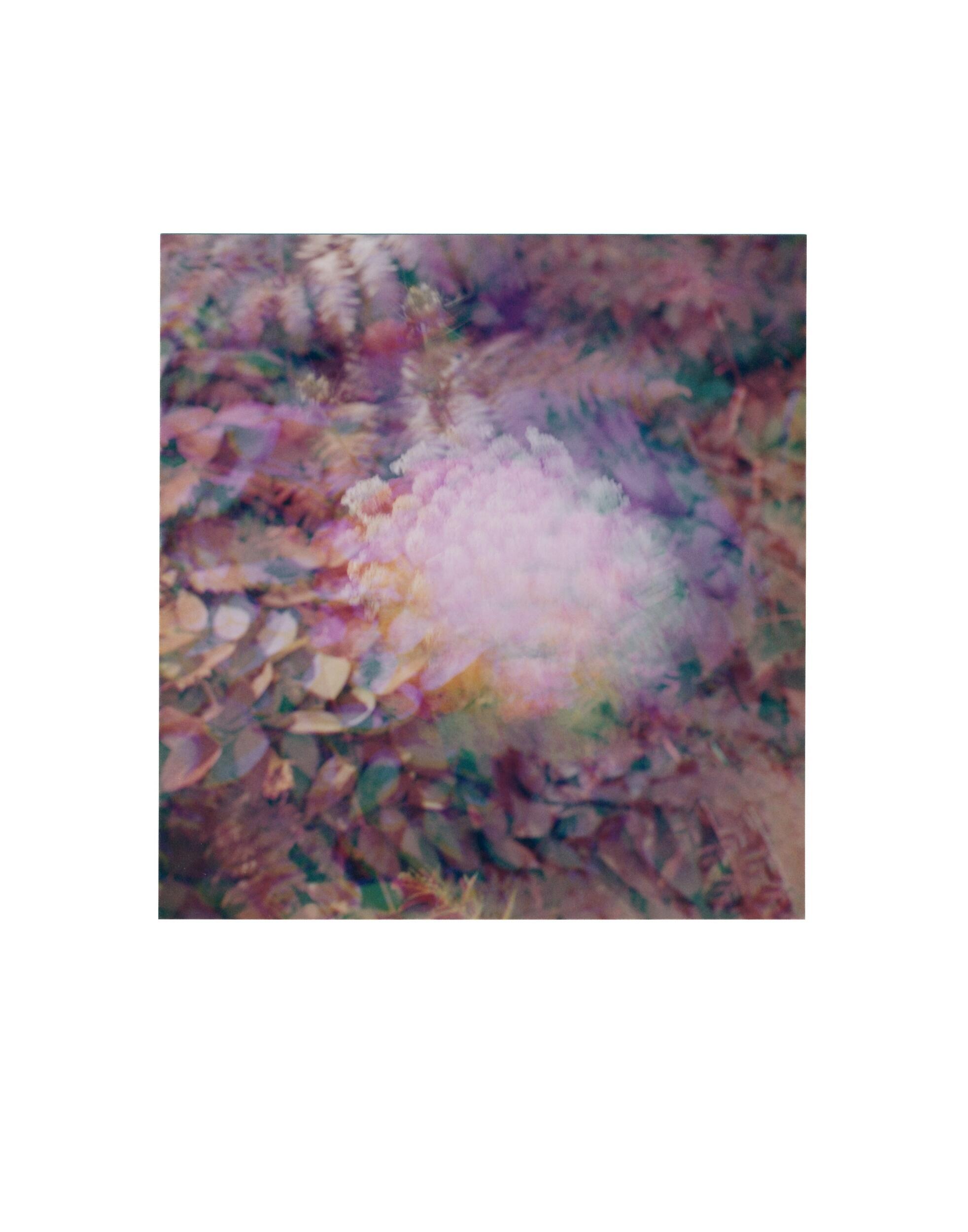
Subscribe to VCU News
Subscribe to VCU News at newsletter.vcu.edu and receive a selection of stories, videos, photos, news clips and event listings in your inbox.



